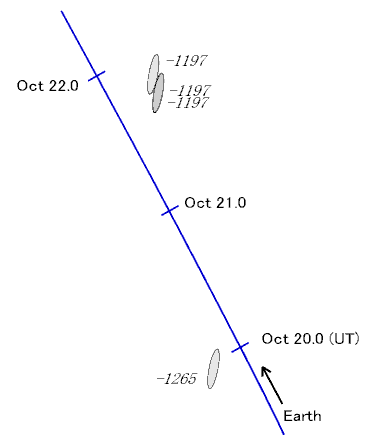
Fig. 1 Distributions of the dust trails of Orionids in 2007
I calculated dust trails of Orionids in 2007.
The earth will encounter the dust trails which were ejected in -1265 and -1197.
Main data is summarized to the following table and figure.
Table 1 Data of main dust trails of Orionids in 2007
| Ejection Year | Date(UT) | Time | LS(2000) | Delta-r (AU) | Ejected Velocity (m/s) | Delta-a (AU) | fM | Alp. (deg.) | Del. (deg.) | Vg (km/s) | Notice |
| -1265 | 2007/10/19.95 | 22:52 | 206.067 | -0.0038 | +19.24 | 0.657 | 0.0016 | 94.28 | +15.33 | 67.12 | Weak peak? |
| -1197 | 2007/10/21.71 | 17:05 | 207.815 | +0.0052 | +13.34 | 0.459 | 0.0018 | 95.35 | +15.48 | 66.73 | Weak peak? |
| -1197 | 2007/10/21.71 | 17:02 | 207.813 | +0.0051 | +13.34 | 0.459 | 0.0019 | 95.35 | +15.48 | 66.73 | Weak peak? |
| -1197 | 2007/10/21.84 | 20:06 | 207.940 | +0.0058 | +13.84 | 0.477 | 0.0017 | 95.47 | +15.48 | 66.71 | Weak peak? |

Fig. 1 Distributions of the dust trails of Orionids in 2007
Last year, in 2006, the Orionids outburst was observed. I calcurated the dust trail in detail, it was clarified that the earth encountered very old trails ejected in -1265, -1197 and -910 (M. Sato and J. Watanabe 2007).
In case of this year, similar dust trails will approach to the earth. However, fM value of this year trails is smaller than one of last year trails. So, an expected peak will be so weak in this year.
Two peaks of trails (-1265 and -1197) are predicted, but I expected that the peak of -1197 will be active between about Oct 21.5 and 22.0. The peak time is uncertain since the distance is so far from the earth orbit (delta-R is so large ; >0.004 AU).